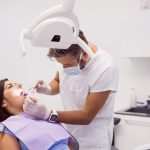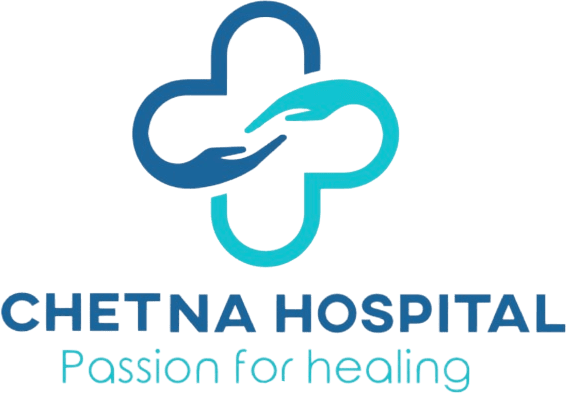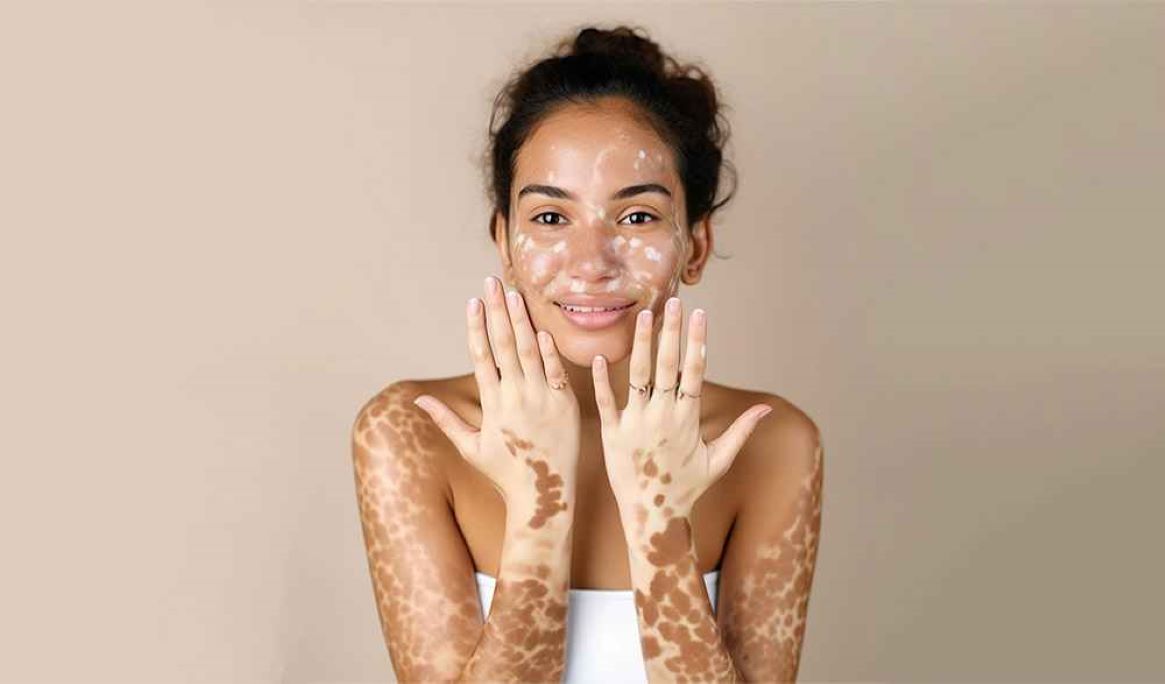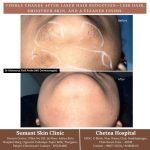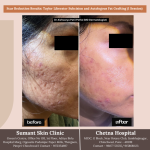What is Vitiligo?
Vitiligo is a chronic skin condition that results in the loss of pigmentation, leading to white patches on the skin. This occurs due to the destruction or malfunction of melanocytes, the pigment-producing cells in the skin. Vitiligo can affect any part of the body and often appears on the face, hands, feet, and around body openings.
The condition is not life-threatening or contagious, but it can significantly affect a person’s self-confidence and emotional well-being. While the exact cause is unknown, vitiligo is believed to be an autoimmune disorder, and genetic, environmental, or neurological factors may also play a role.
Is Vitiligo Treatable?
There is currently no definitive cure for vitiligo, but several medical and surgical treatment options can help restore pigmentation and improve appearance. The treatment choice depends on various factors, including the extent of pigmentation loss, age, overall health, and how stable the condition is.
When vitiligo becomes stable—meaning no new patches appear for 6 to 12 months and existing patches are not expanding—surgical options such as Punch Grafting and NCES (Non-Cultured Epidermal Cell Suspension) become viable and effective solutions.
Advanced Vitiligo Surgery Options
Dr. Aishwarya Patil Pethe, a renowned Dermatologist and Cosmetologist at Chetna Hospital, Chinchwad, offers cutting-edge surgical treatments for vitiligo. With years of expertise in cosmetic dermatology and surgical interventions, she ensures safe, effective, and aesthetically pleasing results using the following techniques:
1. Punch Grafting for Vitiligo
What is Punch Grafting?
Punch grafting is one of the oldest and most reliable methods for treating stable vitiligo. It involves taking small, circular pieces of pigmented skin (called punches) from a donor area—usually the thigh or buttocks—and transplanting them into the depigmented areas.
How It Works:
- The depigmented (white) area is prepared by creating small holes.
- Skin punches (typically 1–2 mm in size) are taken from the donor area.
- These are carefully implanted into the prepared white patches.
- Over the following weeks, the pigment gradually spreads from the graft to the surrounding skin.
Benefits of Punch Grafting:
- Suitable for small, stable vitiligo patches
- Simple, safe, and cost-effective
- Can be done as an outpatient procedure
- Visible pigmentation within 4–6 weeks
Who is it for?
- Patients with limited, stable vitiligo
- Ideal for areas like lips, hands, chest, or feet
- Not recommended for keloid-prone individuals
2. NCES – Non-Cultured Epidermal Cell Suspension
What is NCES?
NCES is an advanced and sophisticated surgical technique used to treat larger vitiligo patches. It involves harvesting melanocytes (pigment cells) from a small area of healthy skin, processing them into a cell suspension, and transplanting them onto the depigmented areas.
How It Works:
- A small section of healthy skin is taken, usually from the thigh.
- The skin is processed in a lab to extract melanocytes and keratinocytes.
- The recipient (vitiligo) area is dermabraded to prepare for cell absorption.
- The cell suspension is applied to the area and covered with a dressing.
Benefits of NCES:
- Covers large areas with just a small donor graft
- Results in uniform and natural pigmentation
- Minimal scarring and downtime
- High success rate with expert handling
Who is it for?
- Patients with large stable vitiligo patches
- Those who want more natural, even-toned results
- Patients who have not responded to medical treatments
Why Choose Dr. Aishwarya Patil Pethe for Vitiligo Surgery?
Dr. Aishwarya Patil Pethe is a leading dermatologist in Pimpri-Chinchwad, known for her excellence in clinical dermatology and cosmetic procedures. She practices at Chetna Multispeciality Hospital, Chinchwad, which is NABH pre-accredited and equipped with modern dermatological infrastructure.
With her personalized approach, she evaluates every case thoroughly before recommending surgery. Her goal is not just skin pigmentation but also restoring the patient’s confidence and self-image.
Before and After Care
Pre-Surgery Preparation:
- Stability of vitiligo must be confirmed
- General blood and health parameters are evaluated
- Sun protection and mild topical medications may be advised
Post-Surgery Care:
- Proper dressing and wound care for 1–2 weeks
- Avoid sun exposure for a few weeks
- Topical medications may be continued to support pigment spread
- Follow-up visits for monitoring and progress
Expected Results
Results from both punch grafting and NCES begin to show within 3–6 weeks. In most cases, 70–90% repigmentation is achieved. The final results depend on:
- Type and extent of vitiligo
- Area of the body treated
- Post-operative care
- Individual response to treatment
![]() For Consultation: 96077 53535 / 9158681123
For Consultation: 96077 53535 / 9158681123
![]() Website: www.chetnahospital.co.in
Website: www.chetnahospital.co.in
![]() Address: Chetna Hospital, Sambhajinagar, MIDC, G Block, Near Rotary Club, Chinchwad 411019
Address: Chetna Hospital, Sambhajinagar, MIDC, G Block, Near Rotary Club, Chinchwad 411019
.
.
.
#hospital#pune#pcmc#chinchwad#health#healthcare#skin#dermatologist#skinspecialist#skinclinic#hairdermatologist#skindoctor#dermatologistappointment#skincareprofessional#derma#skindr



